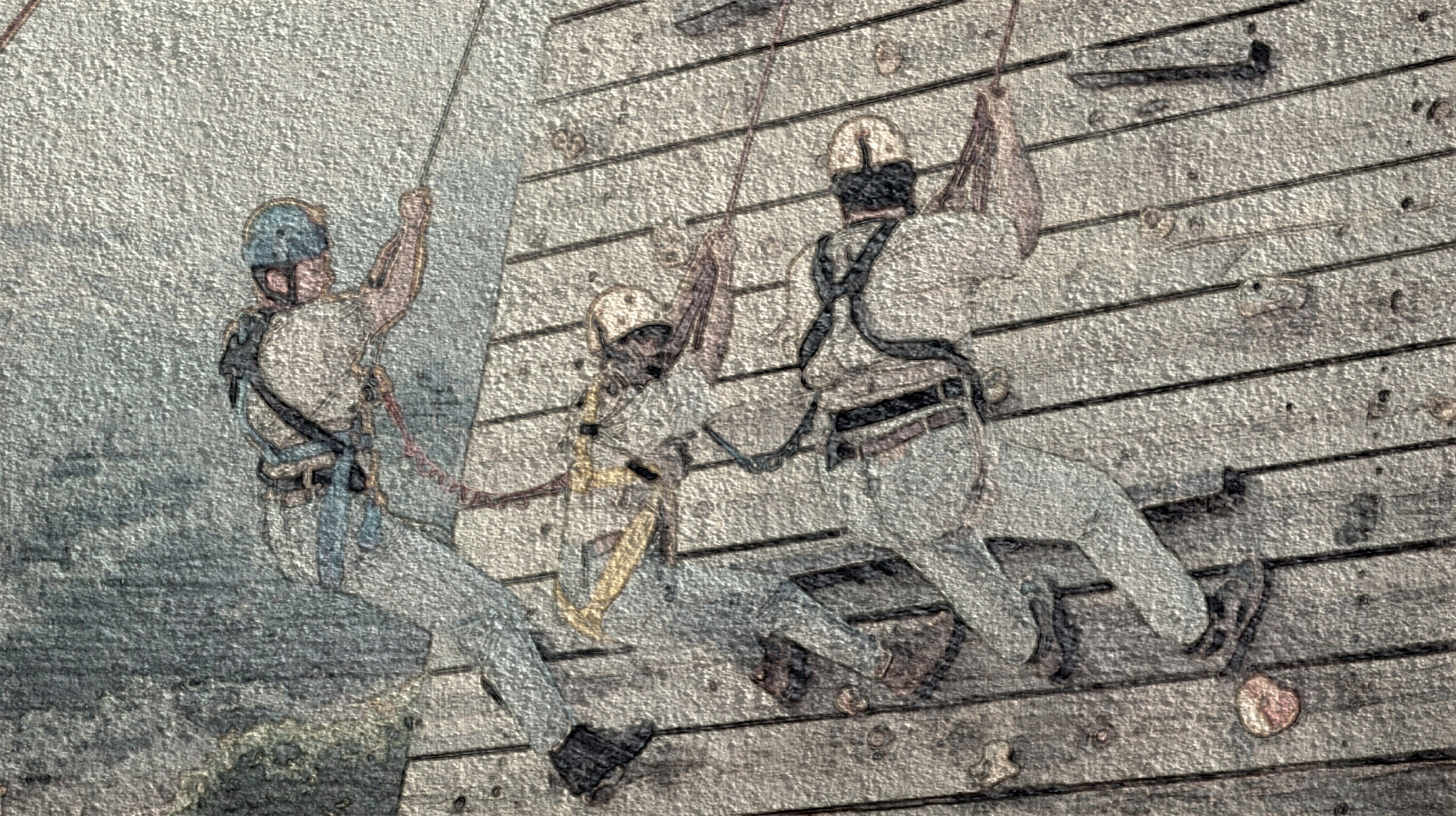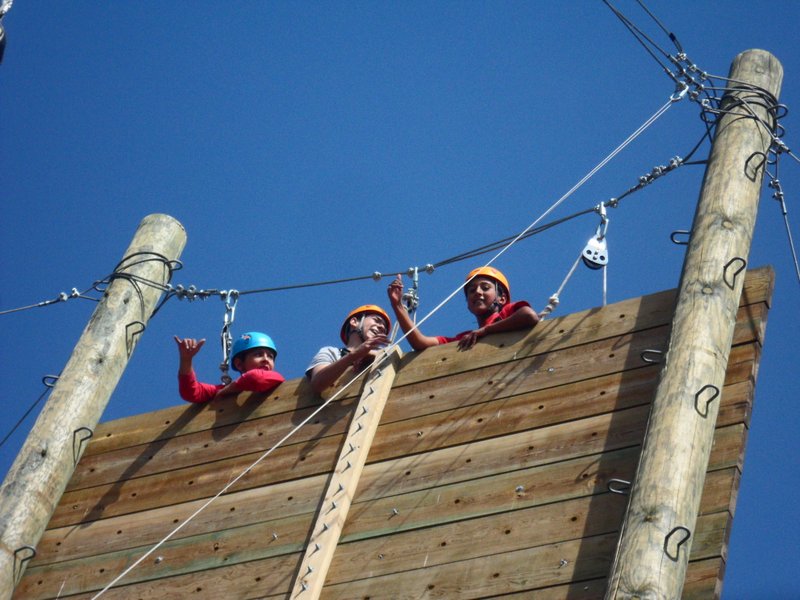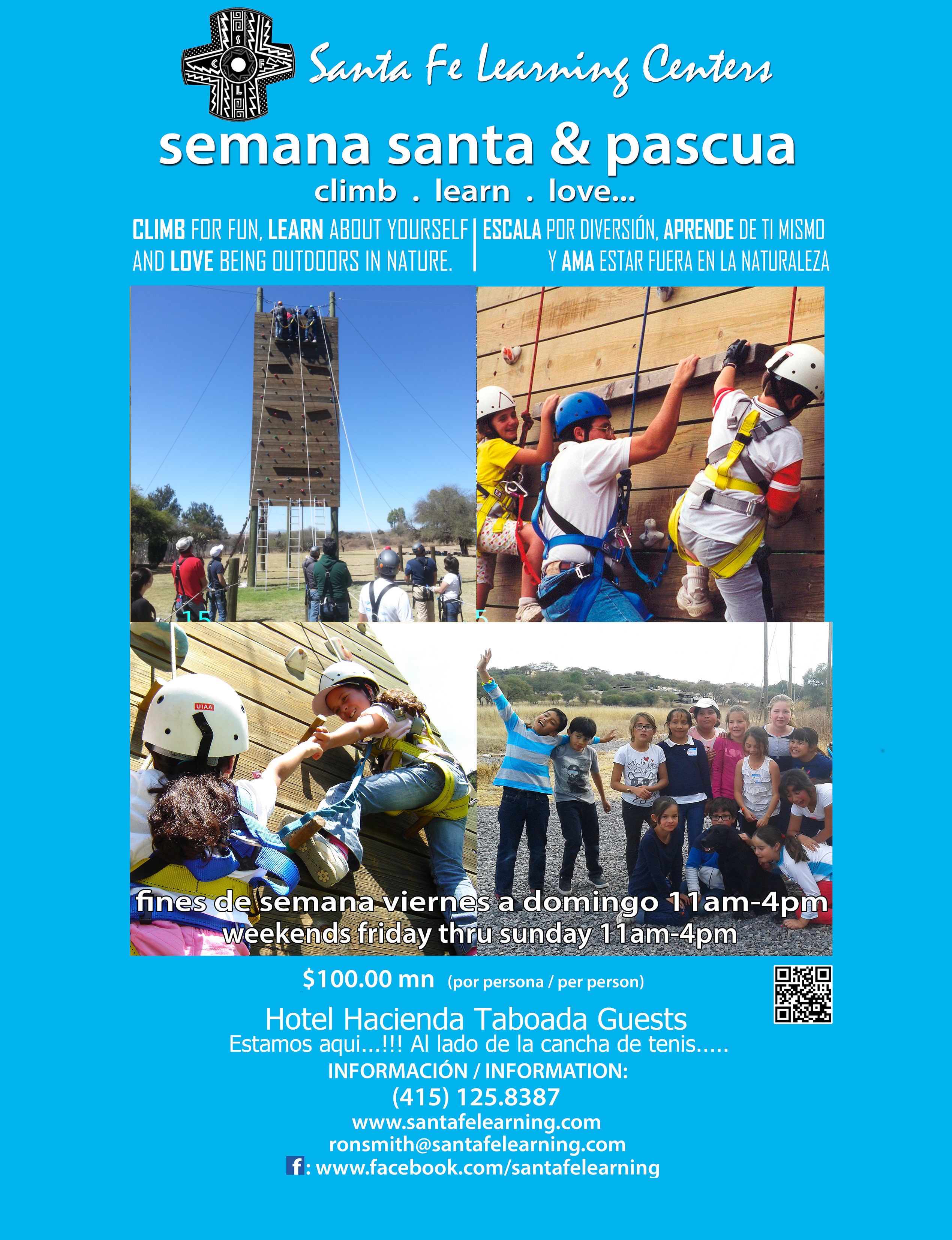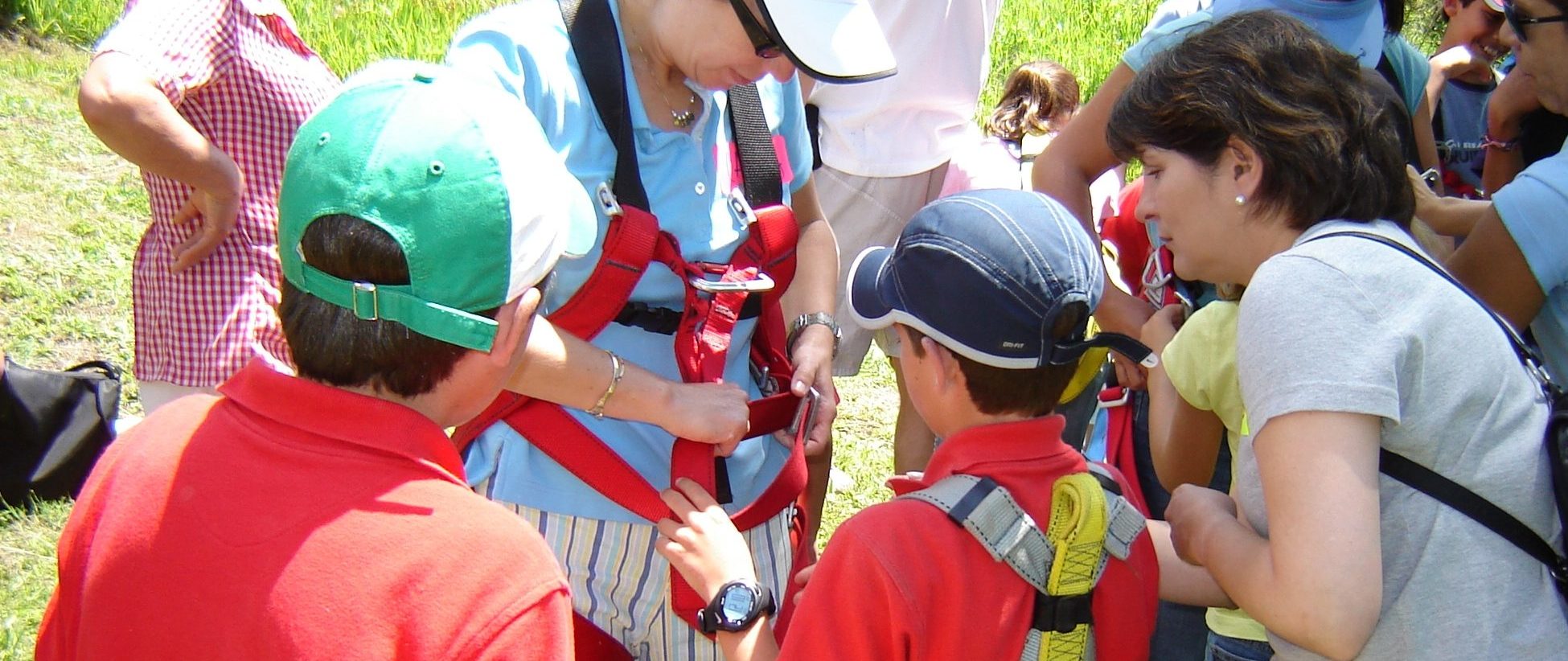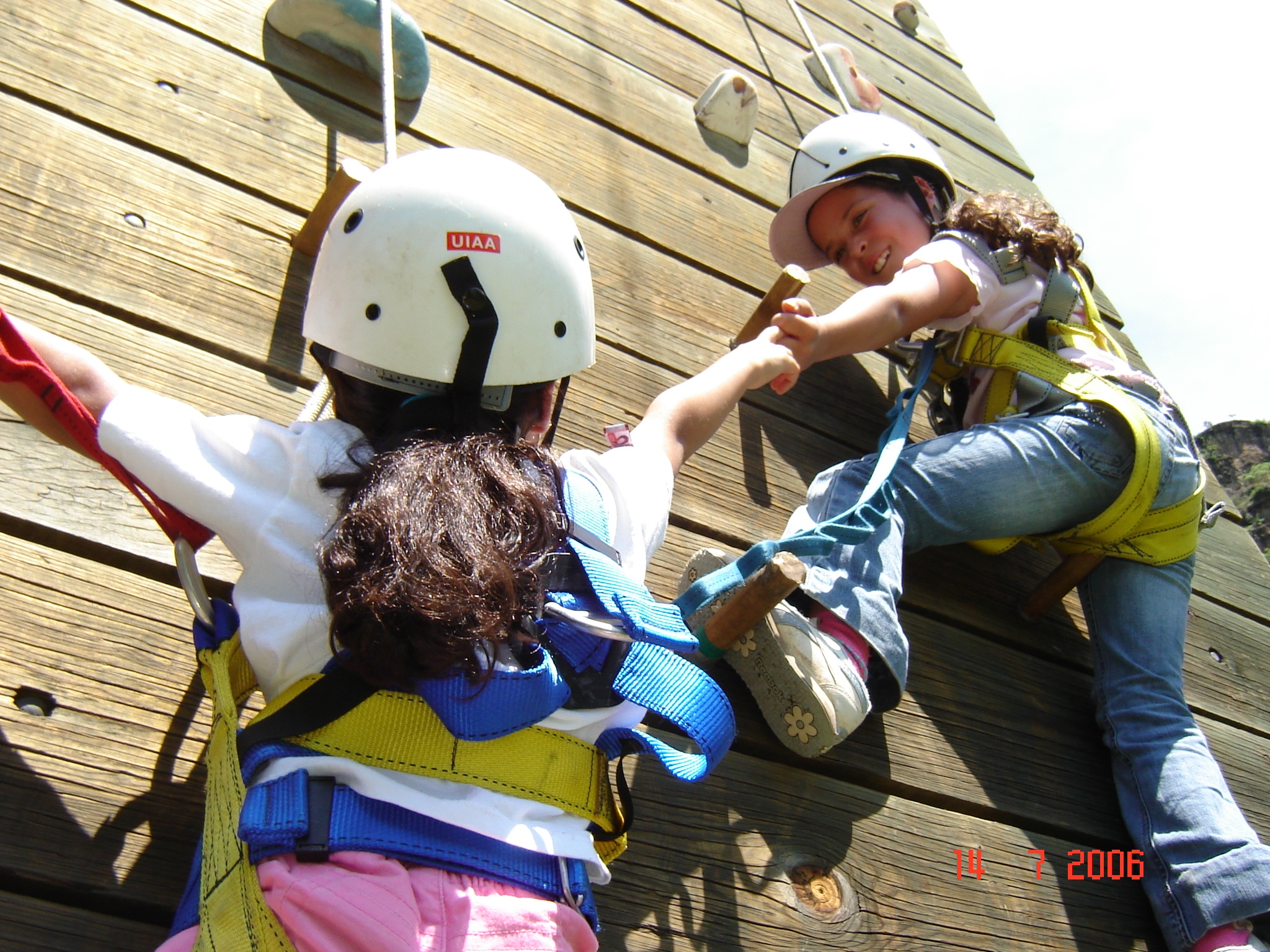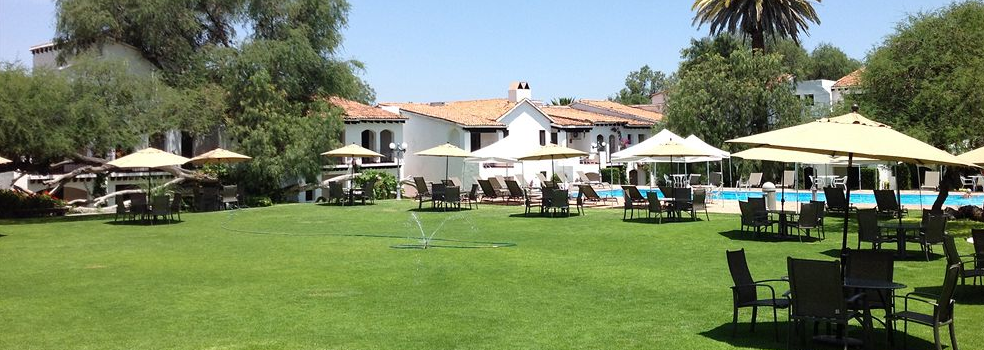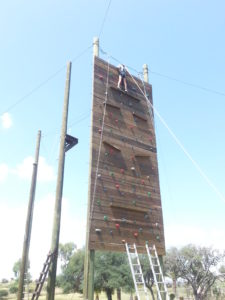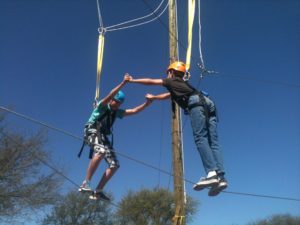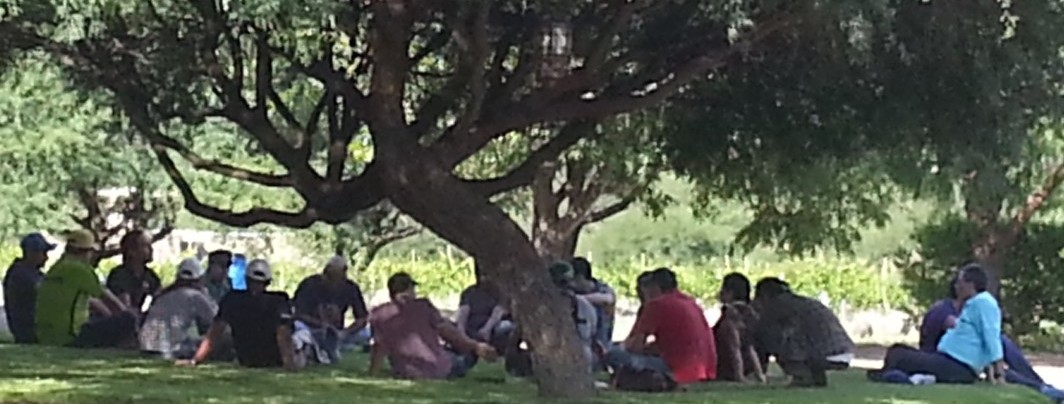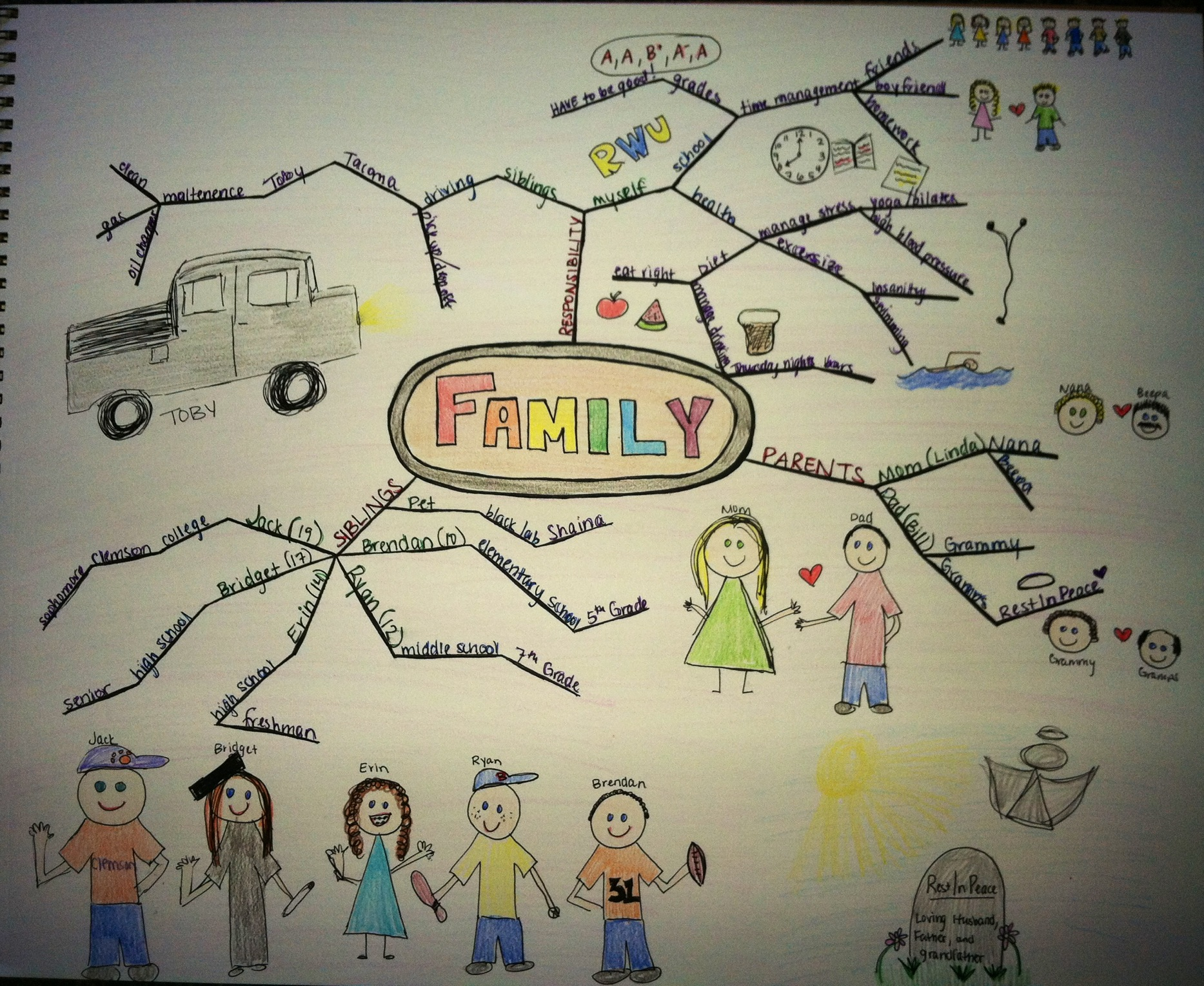Do you work together and include your children in the household chores?
Do you set goals together or plan trips that include input from everyone?
Do you sit at the table and listen to each other with empathy and attention?
Does your family explore a common vision about who you are as a family?
A family is no different than a team at work. The advantage that a family has is a history of building trust, deeper knowledge of each other and no changes in who is on the team (even as kids leave home, you can still work together).
So why don’t families work more like a team? Is the term “team” too cold or business like? Santa Fe Learning Centers has worked with many mexican companies and organizations. We have also delivered many programs to families who want to be stronger, communicate better and be more successful in their family life. At SFLC, we have found no difference in this work and only age appropriate language needs to be developed but the concepts are the same. Let’s make a test of this theory.
Stakeholder Maps
In business your stakeholder map is an important tool and often a starting point when working on change initiatives, vision statement review or new product development. What is the family equivalent? Extended family such as grandparents, schools and teachers, aunts and uncles and cousins, coaches for soccer and baseball, dance instructors and after school tutors are all part of a families stakeholder map. Who feeds the family? Where do you buy your groceries? These all sustain and support a family. Make a “family stakeholder map” with this “mindmap” technique shown above. Decide what to include by listening to each other.
Secondly, talk about who they are to each of you. Some family members are close to a grandparent, others are close to an uncle. Others may respect a teacher at school. So talk about who they are and understand each of them better.
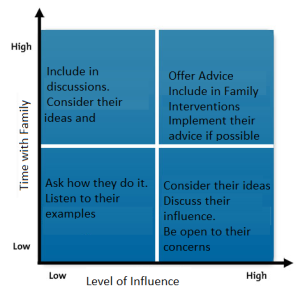
Third, prioritize them by talking about:
How close you are to them?
Do you trust them?
Do you spend a lot of time with them?
Have they given good advice before?
If you include them would the family be stronger? more cohesive? more successful?
Use the “Influence Quadrant” map to place them in the map according to how each of you feel. This can be an individual feeling and also a family agreement on their placement. Younger children with growing verbal skills can express their feelings with pictures and short expressions. Imagine how adept at this mapping they will be later when the verbal skills increase and their ability to understand complexity increases.
We at SFLC work on these maps with families in our parent/child programs, C.A.T.S. (children as teachers) programs and whole family gatherings. With pens, markers and glue sticks this becomes a fun project that can be integrated in our innovative activity-based learning model or done at home facilitated by a family member.
